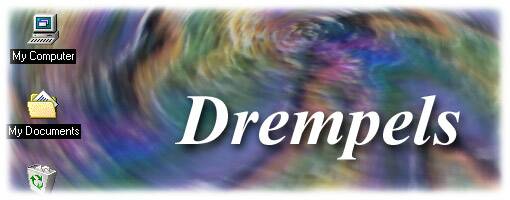how are you? I hope you're doing well. Have you finally received the logo-concept?
Ok, now to my question: I went through the Mesa3D site and they state this:
"Off-screen rendering:
Mesa 1.2.4 introduced off-screen rendering, a facility for generating
3-D imagery without having to open a window on your display. Mesa's
simple off-screen rendering interface is completely operating system
and window system independent so programs which use off-screen rendering
should be very portable. This new feature effectively enables you to
use Mesa as an off-line, batch-oriented renderer.
The "OSMesa" API provides 3 functions for making off-screen renderings:
OSMesaCreateContext(), OSMesaMakeCurrent(), and OSMesaDestroyContext().
See the Mesa/include/GL/osmesa.h header for more information. See the
demos/osdemo.c file for an example program. There is no facility for
writing images to files"
Do you remeber my sugestion to let Celestia render to the desktop? Much like 'The Playa' or 'Milkdrop' (of Ryan Geiss) can do. The icons and windows are still usable, but the desktop is used to display Celestia
If Mesa provides the off-screen rendering, then all you have to do for desktop rendering is: #1. Fill the desktop with a solid, overlay color and #2. Copy pixel per pixel from off-screen to background where pixel has solid color.
That ought to be possibe...
Linux Xserver can redirect it's output to the desktop-window (e.g. xplanet), so that ought to work as well.
Only remaining question would be if OpenGL itself on Win provides off-screen rendering as well.
Any thoughts?
Take care,
Axel

